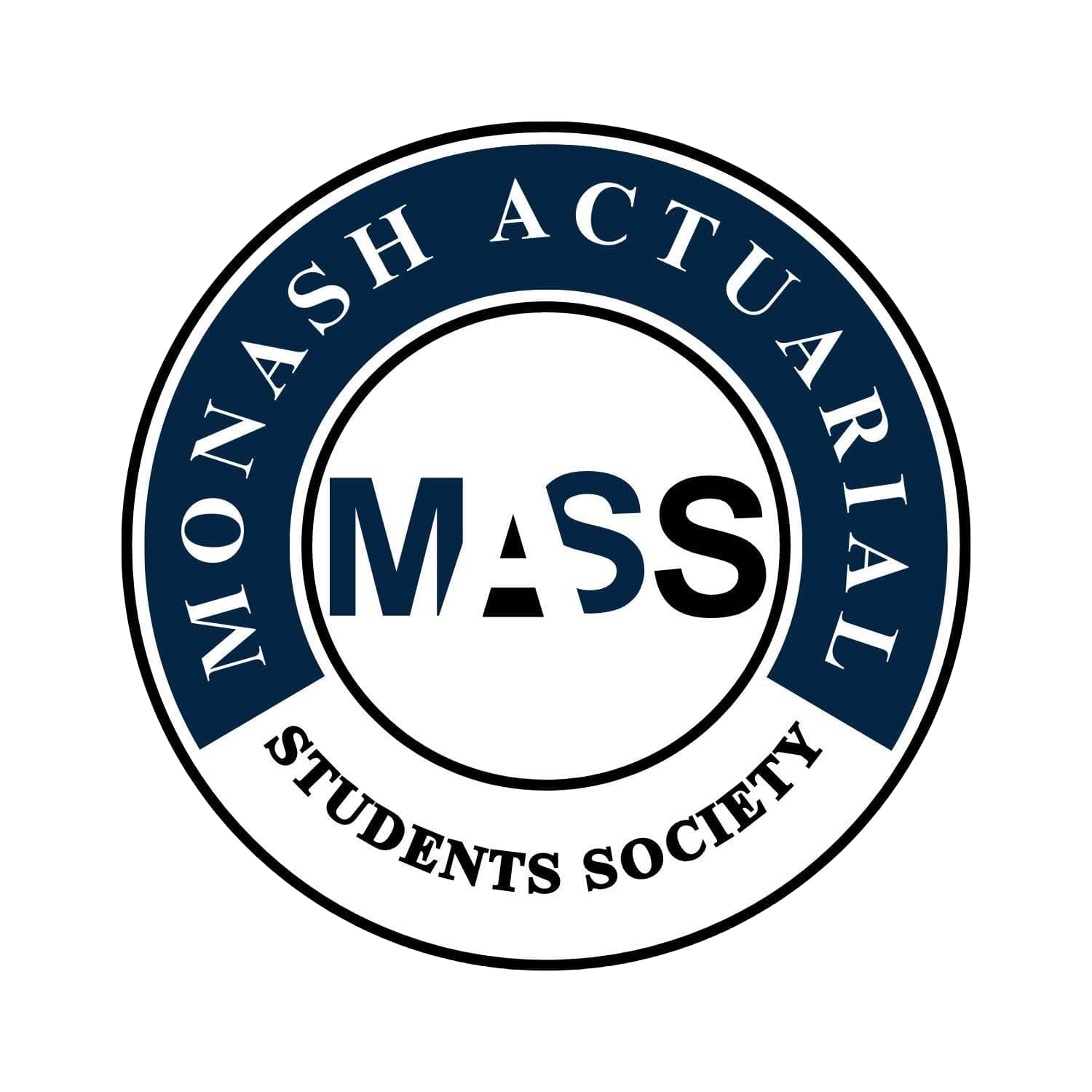ETC5250 Introduction to Machine Learning
Difficulty:
Year Completed: Semester 1, 2021
Prerequisite: ETC2420 / 5242
Exemption:
Actuary Program - Core Data and Statistical Analysis:
ETC5250 (100%)
Weighted average mark of 70% when combining the mark obtained in ETC5250 and DAP assessment.
The mark obtained in ETC5250 contributes to 80% of the weighting and the additional assessment after the exam period contributes to the remaining 20% for the exemption
Mean Setu Score: 67.28%
Clarity of Learning Outcomes: 70.37%
Clarity of Assessments: 62.96%
Feedback: 74.07%
Resources: 62.96%
Engagement: 85.19%
Satisfaction: 48.15%
Subject Content:
Lecture(s) and Tutorial(s):
Lecture Recording:
Textbook(s):
Assessments:
1.Regression methods.
2.Categorical response and resampling methods.
3.Dimension visualisation and reduction.
4.Classification and regression trees.
5. Random Forest and SVM.
6.Neural networks.
7.Model assessment.
8.Unsupervised classification
2 x 1 hour lecture
For students seeking exemption from the Institute subject there are three additional 1-hour classes to attend throughout semester (not weekly)
1 x 1.5 hour tutorial
Available on Moodle weekly
An Introduction to Statistical Learning with Applications in R
Second Edition - Gareth M. James, Daniela Witten, Trevor Hastie,
Robert Tibshirani
Weekly quizzes (total) 4%
Assignment 1 9%
Assignment 2 9%
Assignment 3 9%
Project 9%
Final Exam 60%
Comments
The Unit is very “R oriented”, It is strongly recommended for
students to be well versed in R prior to taking on this course. The
Unit is well delivered and structured by Professor Cook who has a
lot of insight on both programming and the industry.
The Lectures were definitely well delivered and recordings were
provided so students could go back to it if necessary. Professor
Cook has a lovely personality and is always there to help students
if needed.
The Lecture slides and all other subject content is provided on a
separate website that will be linked via moodle. Sometimes the
equations and graphs are jumbled up when converting them to
PDFs but overall the website makes everything very accessible.
It is strongly recommended for students to attend the tutorials as
all of the assignments and the project require a strong
understanding of R. Because coding isn’t covered all that much in
the Lectures, the tutorials have a strong focus on R. Students
should attend these tutorials weekly to seek help from tutors
regarding programming if required.
All of the in-semester assessments are completed on R.
There are 3 individual assignments and one project, all of which
contribute to 9% of the overall marks of the subject. Professor
Cook does allow you to drop one of the in-semester assessment
tasks, and the grade for the assessment forgone will be the lowest
score from your other 3 in-semester assessments.
The Exam was well balanced on all topics. A past exam was
provided, with solutions and a practice exam was set up on
Moodle. The Length of the exam is quite short compared to most
other Actuarial subjects, so students will need to complete the
exam with the time in mind. It is a difficult exam, but students
who attend tutorials and consultations weekly will strongly
benefit.
Length of Exam: 2 Hours and 10 Minutes (Open Access)
Length of Additional Assessment: 4 Hours (Open Access)
Although the final exam does not include any R coding, in order to
obtain the exemption for this subject with the Actuarial institute
students must complete an additional assessment after the exam
period, in which a minimum of 60% is required to pass this
section of the exemption. This assessment has 6 questions in
total. The additional assessment’s main focus is to test students
on their knowledge of R. Students are strongly advised to
complete their in-semester assignments individually as it will give
them the knowledge and skills for R that is required to pass and
obtain a good mark for the additional assessment.
General Overview:
Lectures:
Tutorials:
Assessments/Other Assessments:
Exams:
Concluding Remarks:

